I visited a small aviation museum in the town of Wernigerode, about 130 km away from Hanover. The reason for visiting such a minor museum was that it is the only place in the world, except for India, where you can see the first jet fighter in Asia, the Marut HF-24. This aircraft was designed with the involvement of the German engineer Kurt Tank, known for the design of notable planes like FW190 and Ta152. However, due to India’s difficulty in procuring a high-performance engine, the design ended up producing a subsonic fighter-bomber that fell far short of its Mach 2 target. Despite being a design from the 1950s, it has a modern appearance. Unfortunately, by the time it was operational, the enemies were already well-equipped with Mig21, making its deployment impractical. After retirement, this aircraft was gifted to the widow Mr. Tank from India, and it found its way to this museum via a German museum.
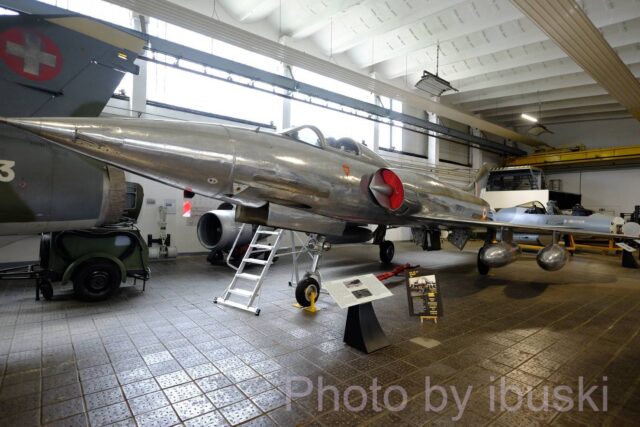
Apart from the Marut HF-24, there aren’t many noteworthy aircraft. Following the trend in German museums, there’s an abundance of F-104s with various parts, cutaway models, and more. Other aircraft include Mirage III, MiG-21, MiG-15, AlfaJet, G91, etc. There’s a variety of instrument panels and components gathered from different sources, and some interesting cutaway sections from F-16s and Buccaneers. It seems like they acquired disassembled parts to supplement the limited number of actual aircraft exhibits. As for helicopters and biplanes, I’m not very familiar, so there might be some valuable displays there as well?
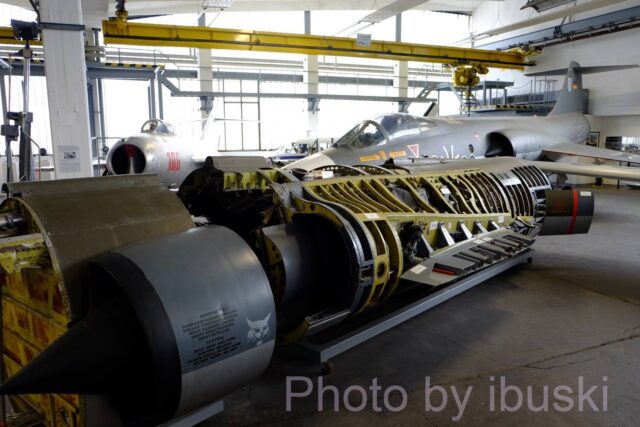
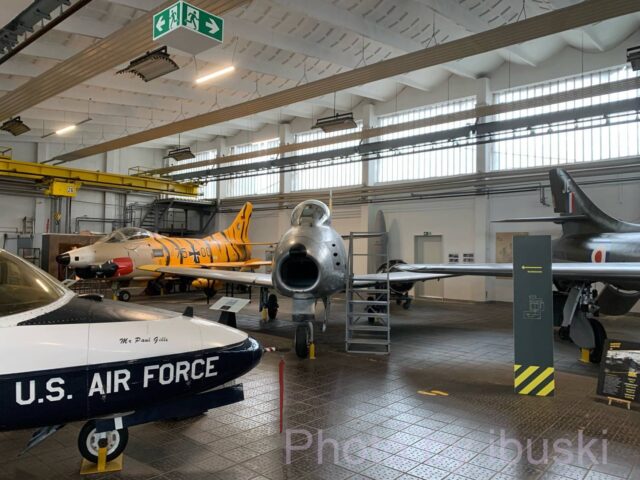
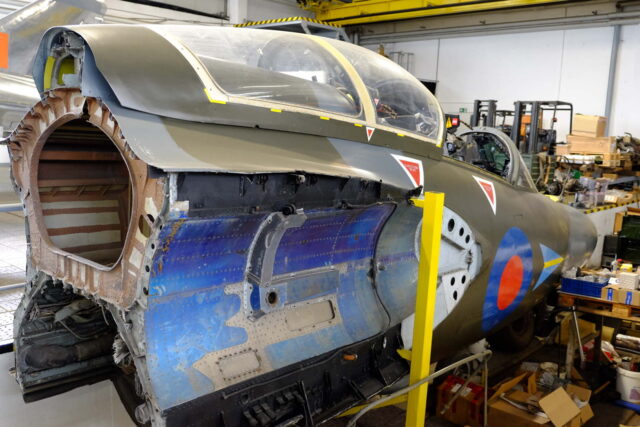
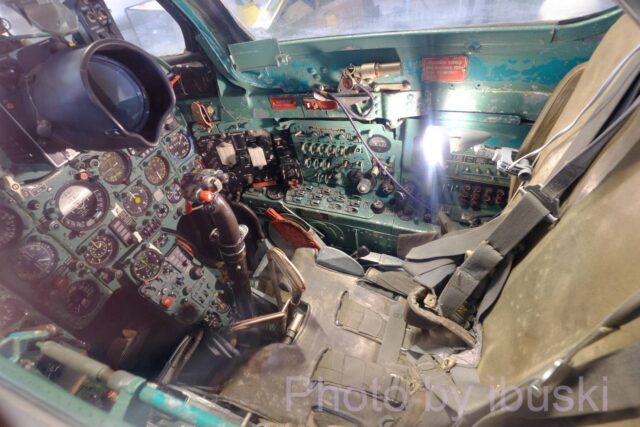
A notable feature is the replica cockpit of the Bf109 with a flight simulator that allows you to experience flying. Even though it’s a simulator, it can be quite exhilarating. With an old man who only speaks German assisting me with holding the control stick together, performing a barrel roll was truly exciting. Trying a daring pull-up resulted in a blackout, with the screen going dark, which was a bit nerve-wracking. In the end, attempting a landing didn’t go well, and I ended up flipping over and crashing.
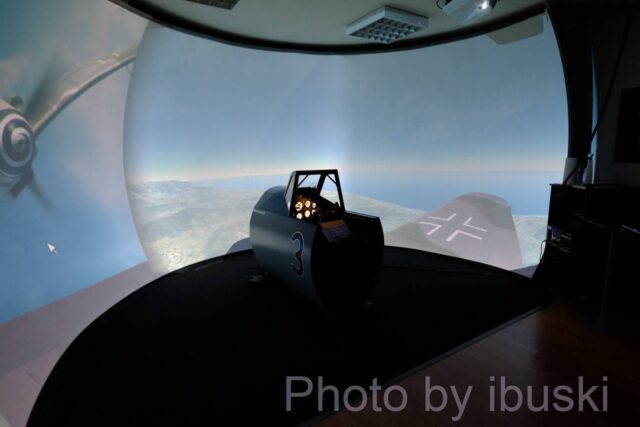
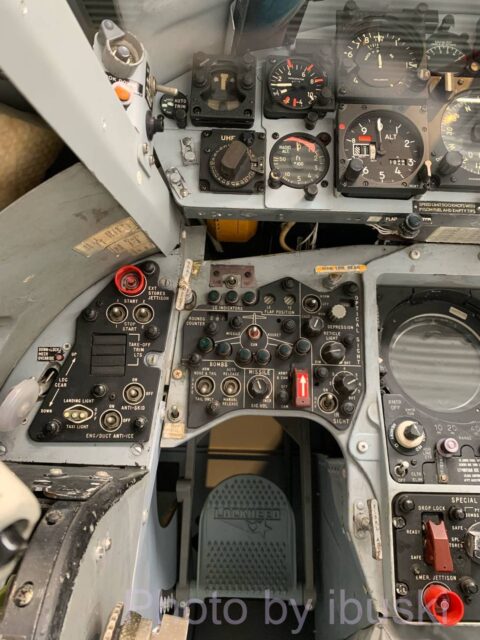
This museum has various interesting exhibits to allow children to enjoy and learn about aviation technology. There are exhibits where paper-made triangular cone propeller-like objects rotate and are blown upward by the air from the duct, as well as simulators where you can control airplanes on the screen by striking airplane poses and tilting your body. Perhaps they are nurturing the next generation of aviation engineers in this way.
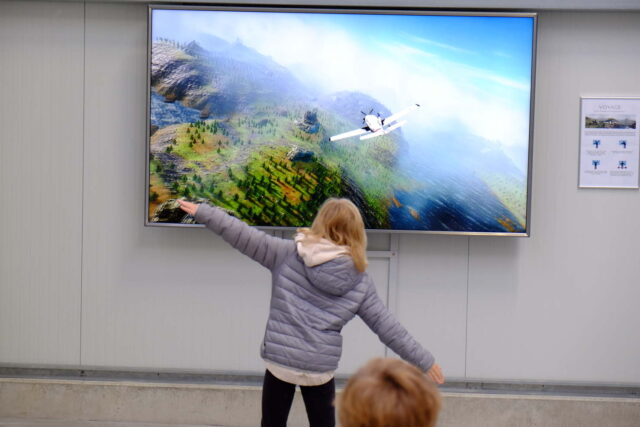
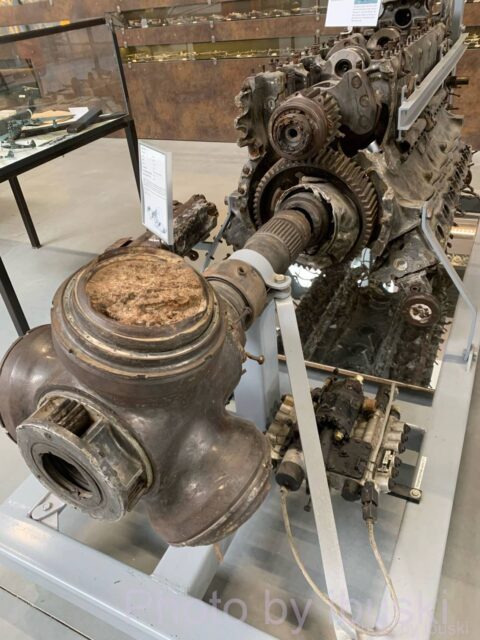
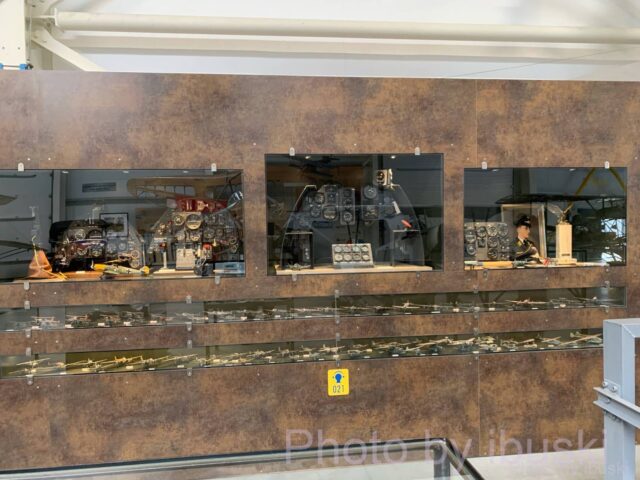
I took many photos. Please enjoy them visiting my gallery.
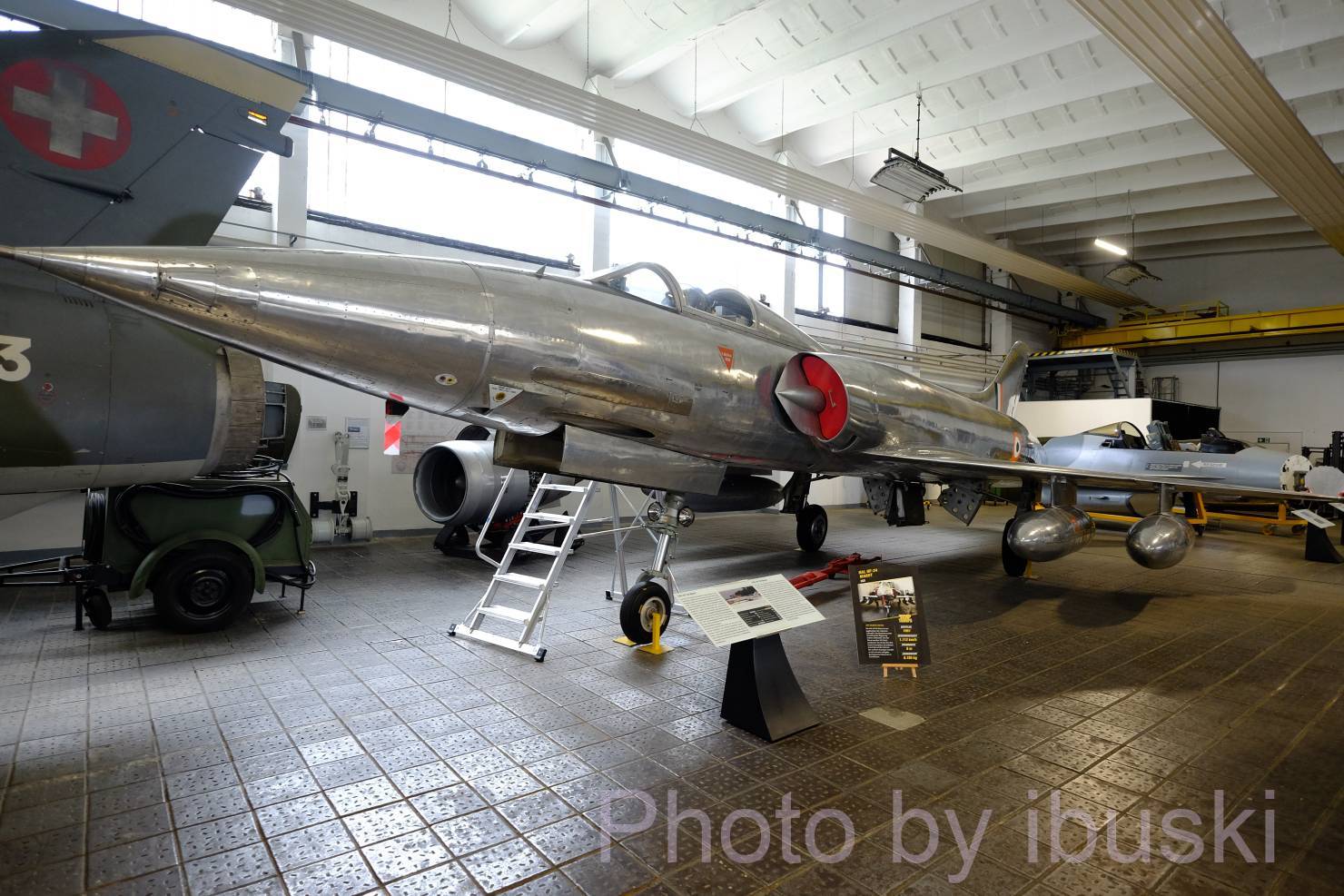
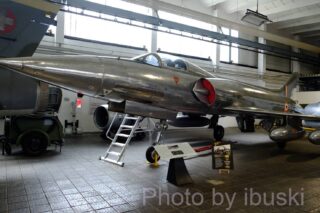

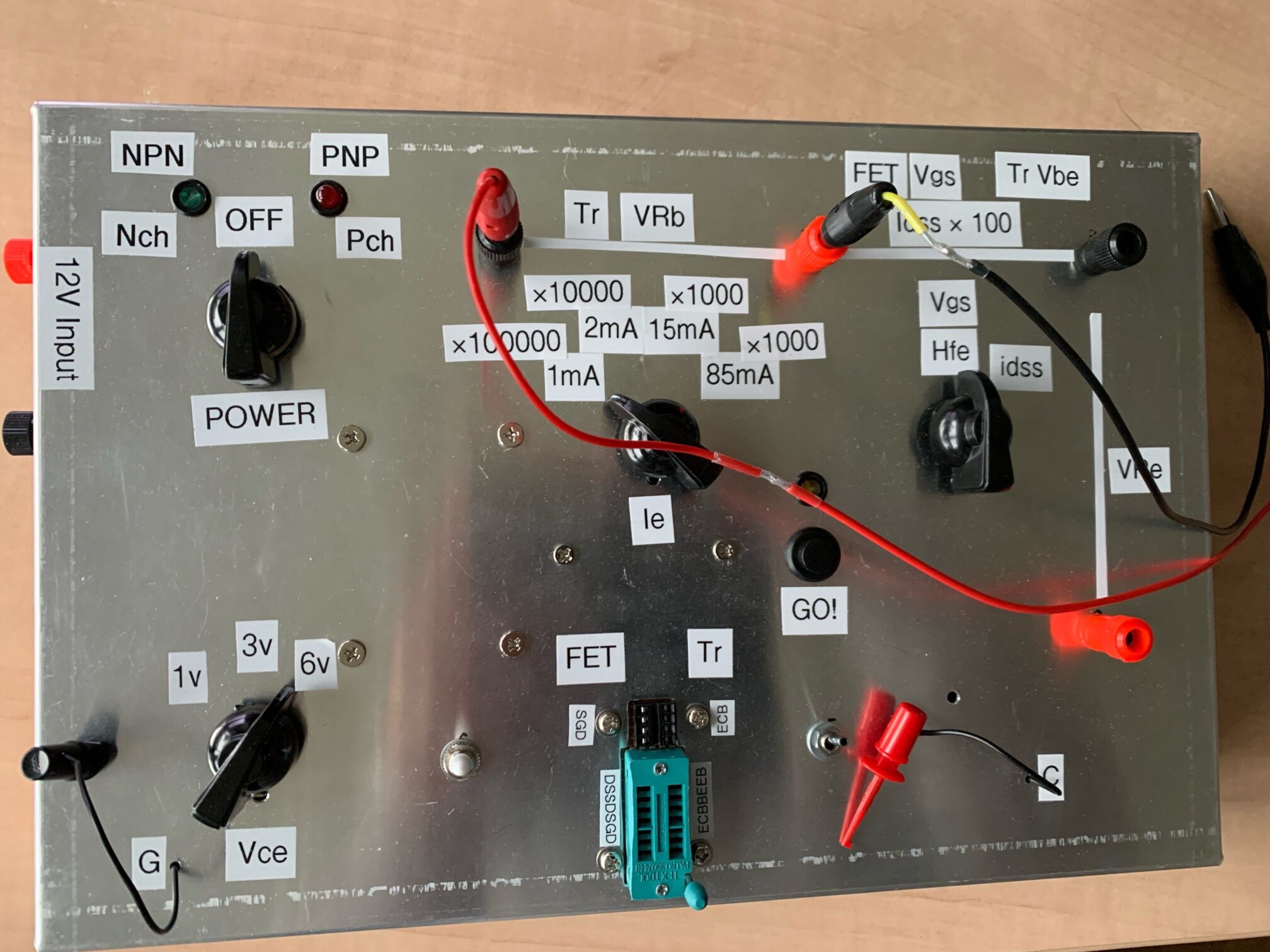
Comment